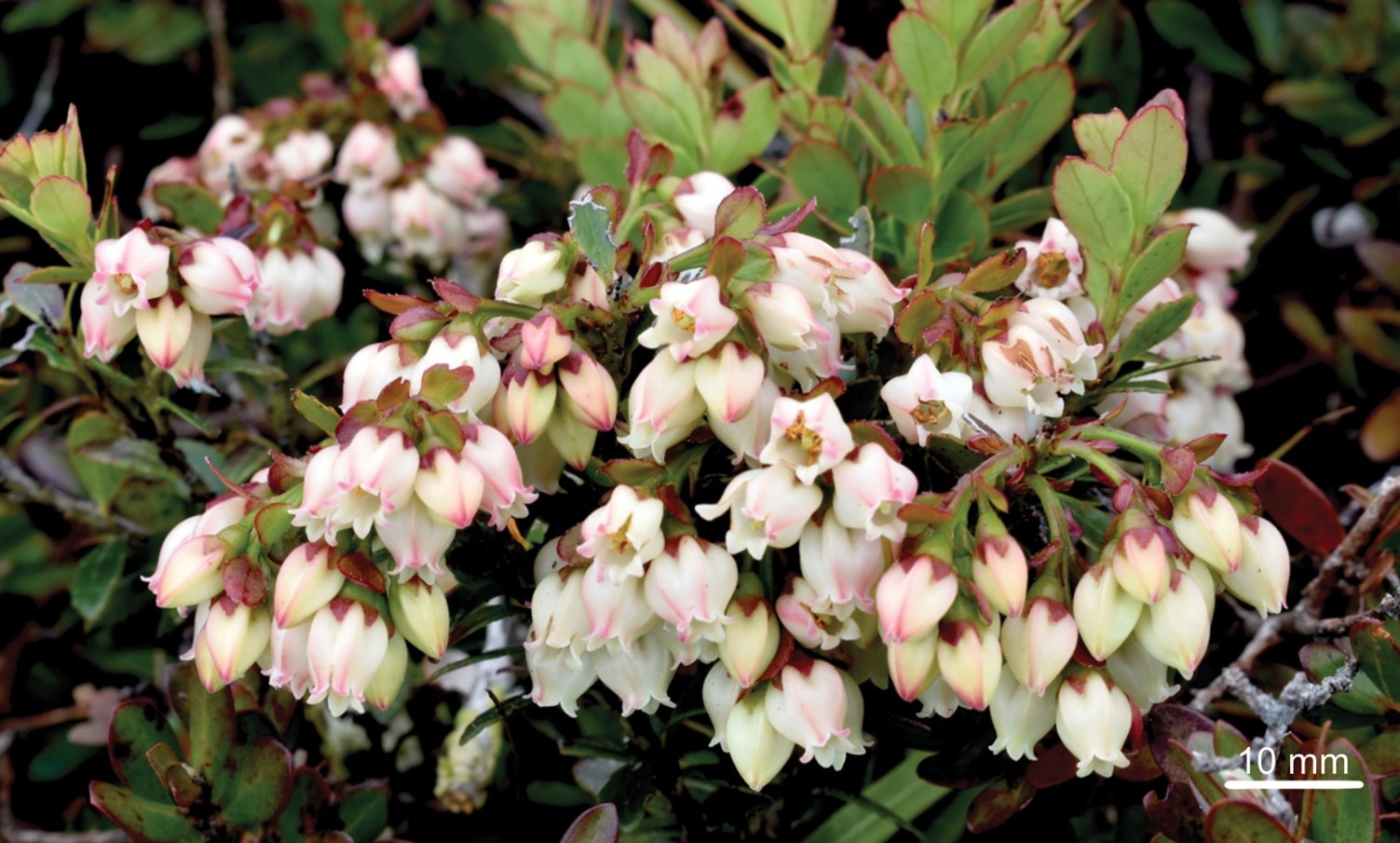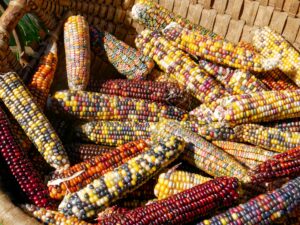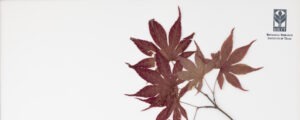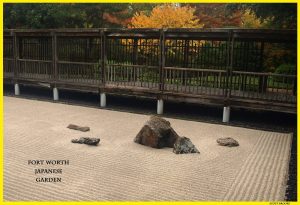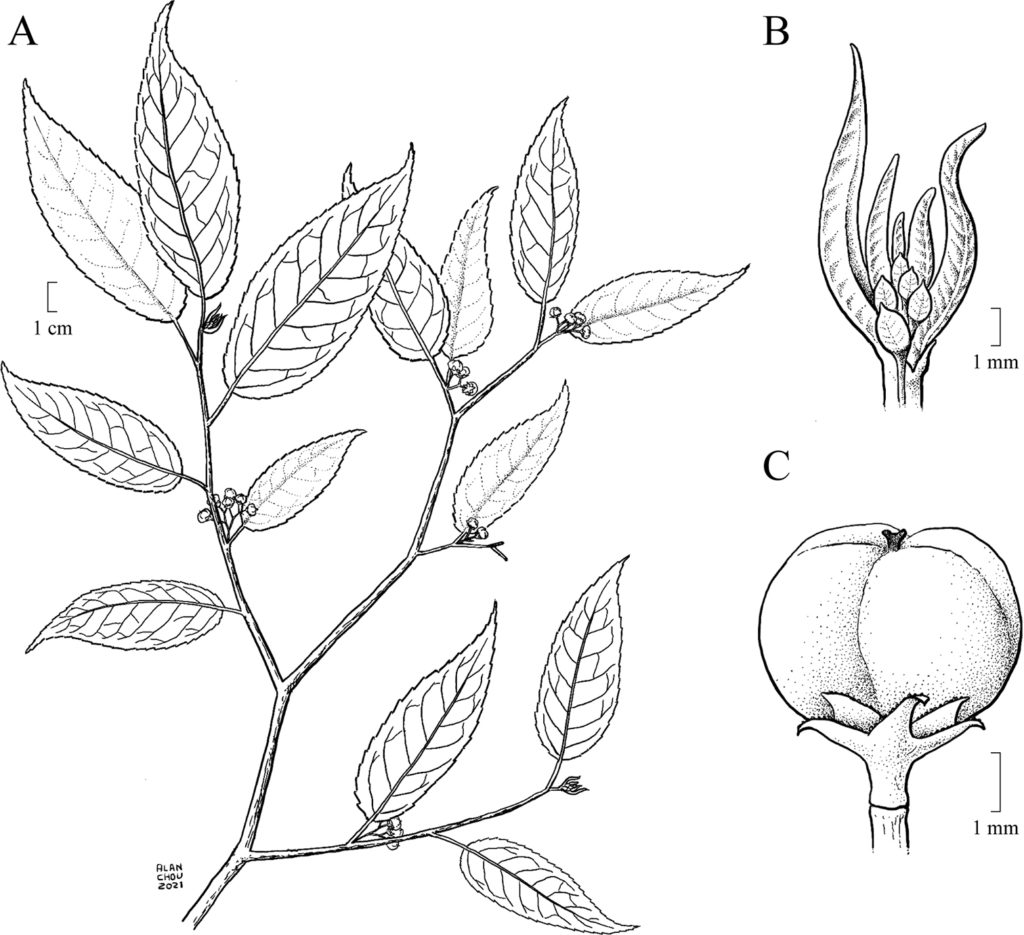
Botany is not a science for those who demand a steady routine. One day researchers might find themselves hiking up mountainsides through dense tropical rain forest or hunting down rare plants in parched deserts. The next day, they will be in the lab, peering through an electron microscope or studying DNA results.
The result of these efforts is usually a scientific paper, published in a peer-reviewed journal. Each article can represent months or years of work. Individual discoveries might describe a new species of plant or suggest a new way of approaching a problem, but taken as a whole, they reveal the workings of life on this planet.
For example, Vice President of Research Peter Fritsch recently co-authored a paper identifying a newly described species of flowering tree that grows in southwestern China and northern Myanmar. Perrottetia taronensis grows up to six meters tall and is found in subtropical evergreen forests and along riverbanks.
This is only one of several new species described by Fritsch in articles this year. He also described a plant named Vaccinium exiguum, a shrub related to blueberries and cranberries that was discovered on the summit of a volcano in the Philippines, and another named Symplocos mohananii that grows in a mountain range on the southwestern tip of India.
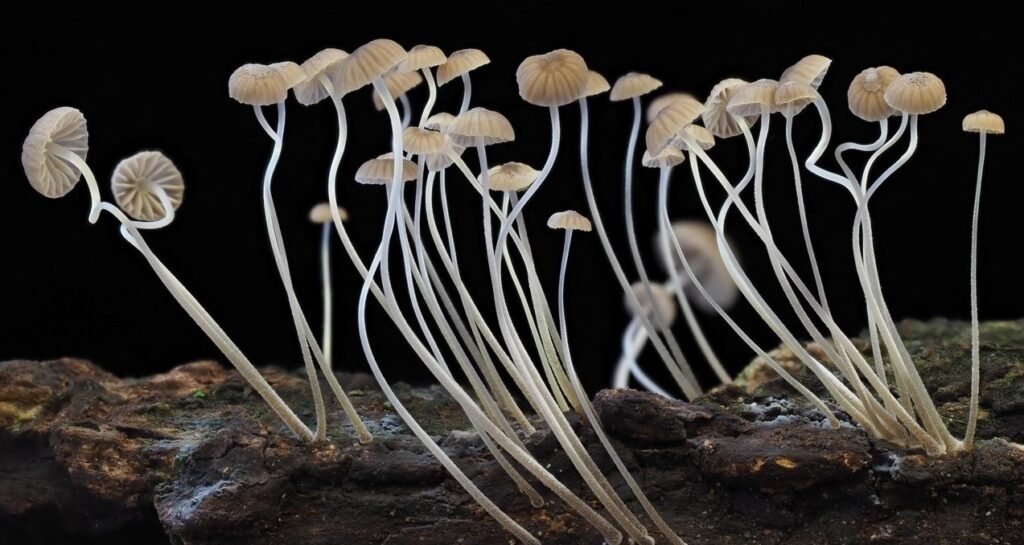
“Each of these plants has its own history and plays its own role in its ecosystem,” says Fritsch. “We study plants to understand their individual stories, but we’re also putting together puzzle pieces that make up the big picture.”
Other scientists with recent publications include Alejandra Vasco, Harold Keller, Morgan Gostel and Manuela Dal Forno. Vasco contributed to an article this year on distinguishing different spores of a genus of ferns from Mexico. Keller identified a new species of mushroom discovered on a tree growing on the Garden campus. A complete list of research publications by research staff and associates is maintained online.
“I don’t know any scientists who aren’t excited when their journal articles are published,” says Fritsch. “It’s not just seeing your name in print. It’s recognition of your work and confirmation from the scientific community that what you are doing matters.”
 | Shop the BRIT Press holiday sale for the plant lover in your life. Save up to 50 percent off on select titles. Sale begins on Black Friday. |

